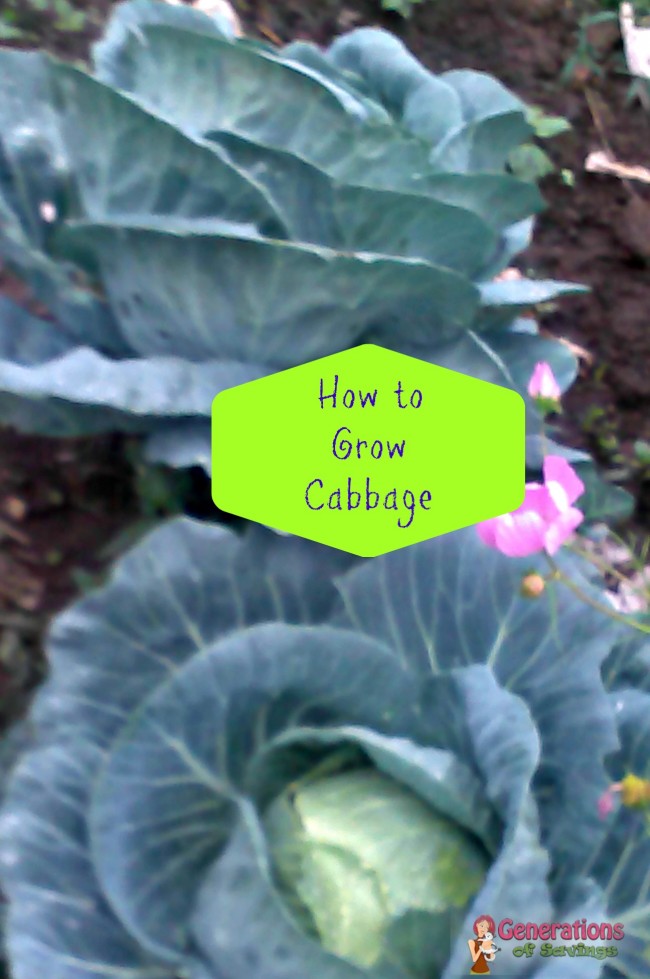Growing Cabbage
Cabbage is a versatile vegetable that is eaten year round in many households across the world. It is so popular that you may find that your farmers market has a hard time keeping a ready supply of their specialty cabbages for their customers. You might find that cabbage is costly in the grocery store, especially for red cabbage, Savoy and Bok Choy. Cabbage is easy to grow at home and once you start you won’t ever need to return to the grocery store for cabbage again.
There are over 400 hundred cabbage verities but we’re going to touch on just a few different types that you can grow at home based on popularity. The traditional kind that you find at your grocery store is called green cabbage but there is also a purple kind that tastes similar but has more of a spicier kick to it. Red cabbage is the same as purple, stores will sometimes label purple as red but they are exactly the same thing. Savoy cabbage is an Italian cabbage that is gaining popularity in the United States and is especially popular with home growers. It has crinkled leaves that appear kind of ruffled and is actually quite pretty. Savoy is a good choice for salad because the leaves are tender like salad greens and not rubbery like traditional cabbage. Bok Choy is an unusual looking cabbage that is typically thought of as a lettuce. It taste like a cross between a lettuce plant and cabbage, it has slightly rubbery leaves that are tender towards the tops. Bok Choy is great for stir fry and in Asian dishes.
Cabbage is a cool weather plant, it can be grown during the summer months but it loves the cool weather more and will really take off in growth once the weather gets cold. You can plant cabbage using direct seeding or transplant, whichever way you choose make sure to purchase quality plants or seeds. Fertilize cabbage during the summer and again during the start of fall. Good soil is very important to growing cabbage with plenty of water. Cabbage is known for cabbageworms, if holes are found in cabbage plants it’s a sure sign that an infestation has occurred. Control infestations with an insecticide and pick off any grubs you visually see. To harvest cabbage wait for the heads to form tightly, when you grab onto the head it shouldn’t feel soft or wobbly. Once ready to harvest just cut the complete head clean off the plant.






